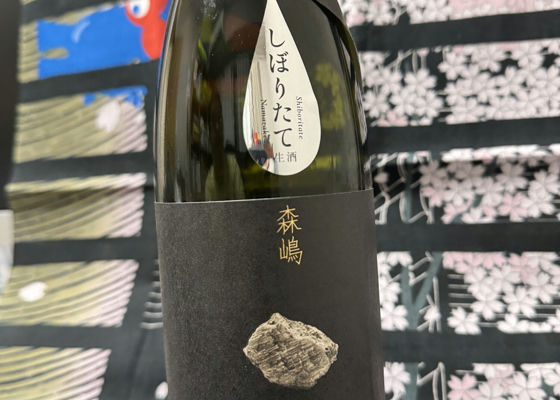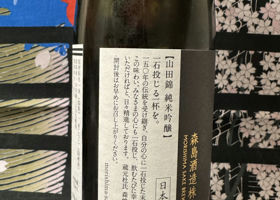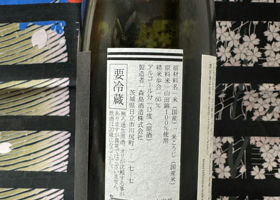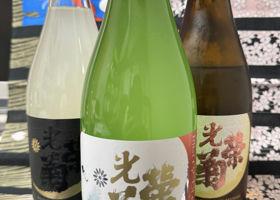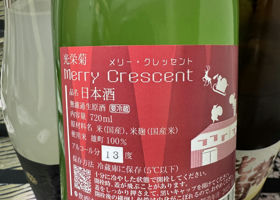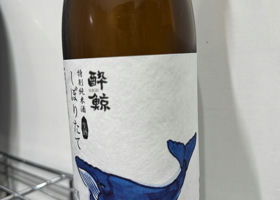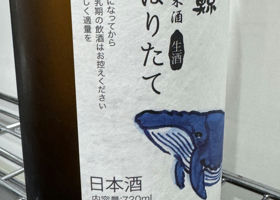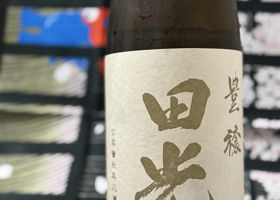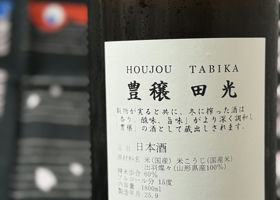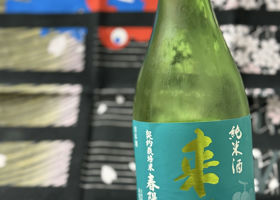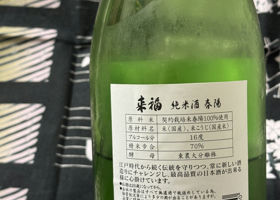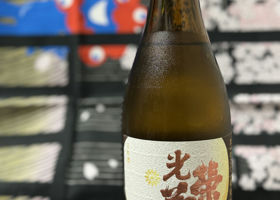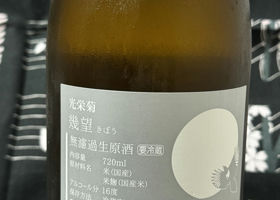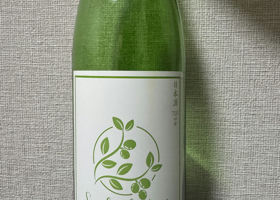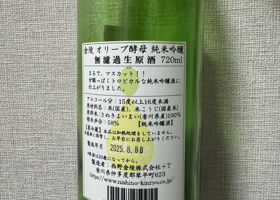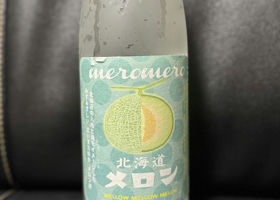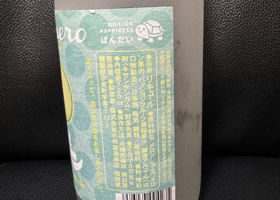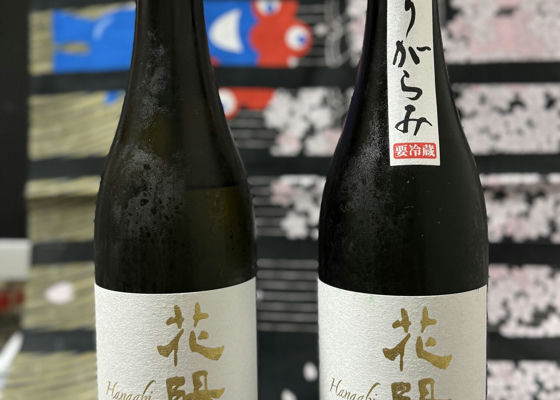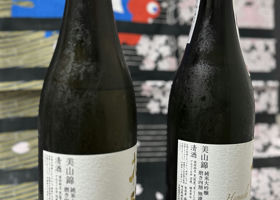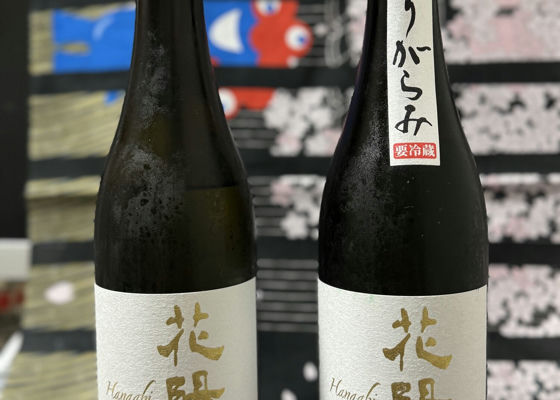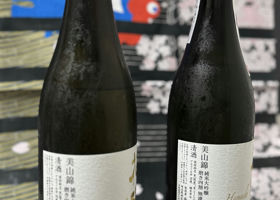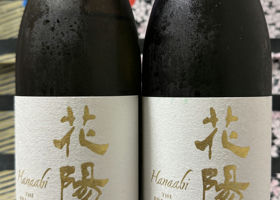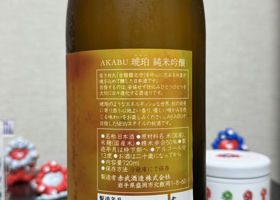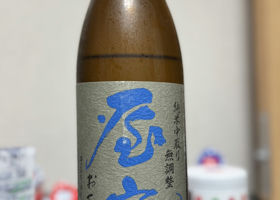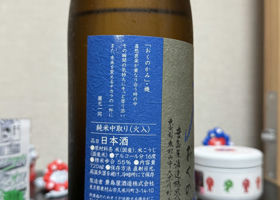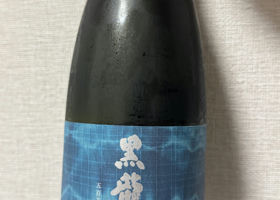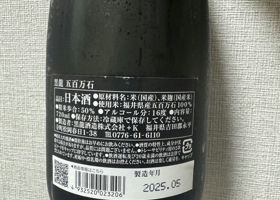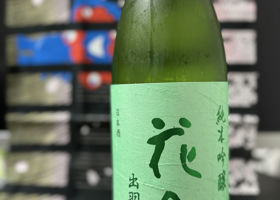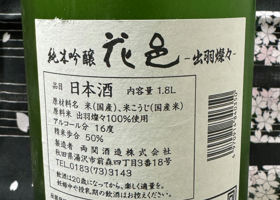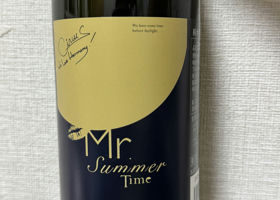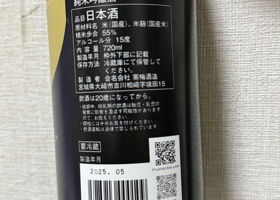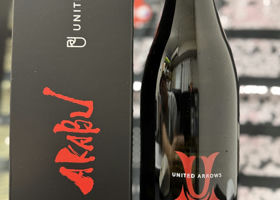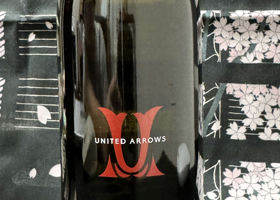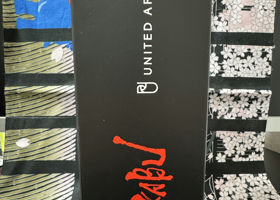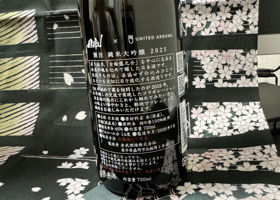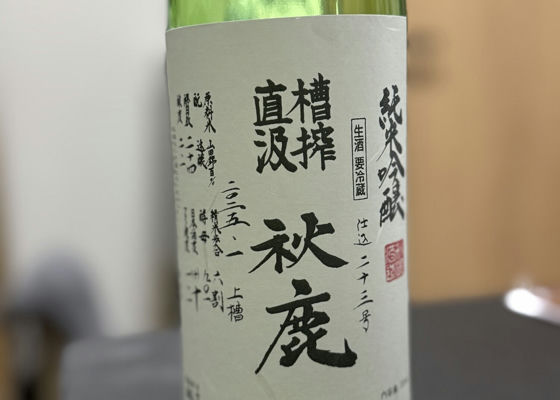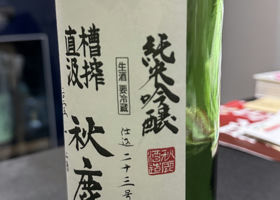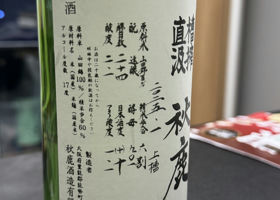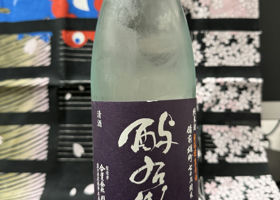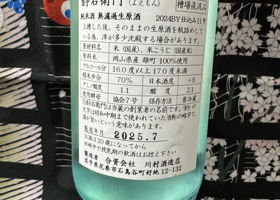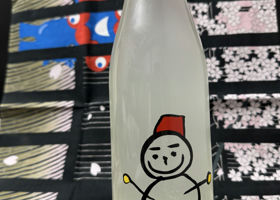
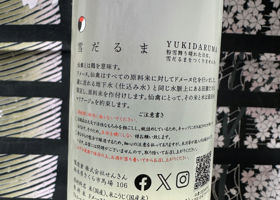
武侯祠
When I am on a business trip, I factor into my plans the time it takes to take the bullet train home to stop at the liquor store in Tokyo Station and buy a bowl of grilled Iberico pork at the bento shop across the street. Who knows that bento with the most delicious abura?
Now at the liquor store, I spot a snowman at the entrance. I feel less than certain that I'm going to end up with this one today, but I circle the liquor store once with a slight hope that maybe I'll make a different choice. But I don't pick up anything else. I pick up the snowman with the feeling of "I knew it! Immediately, you are excited. I know what it tastes like without drinking it, but I still want to drink it. It's like Yoshinoya, which is a compliment.
I come home, open the bottle immediately, and am instantly happy.
Japanese>English
ジェイ&ノビィ
Good evening, Wuhousha 😃.
There are so many different stores inside Tokyo station! But I always have my eyes on the liquor stores 👀 so I didn't notice the Iberico pork grilled meat bowl 😅I'll try to buy some next time I go there!
Japanese>English
武侯祠
Thank you for your comment, Jaynoby.
This is an oily, caloric bento called "Spanish Vegeta Belico Pork Stack". It is an ekiben that competes with abura
Japanese>English



